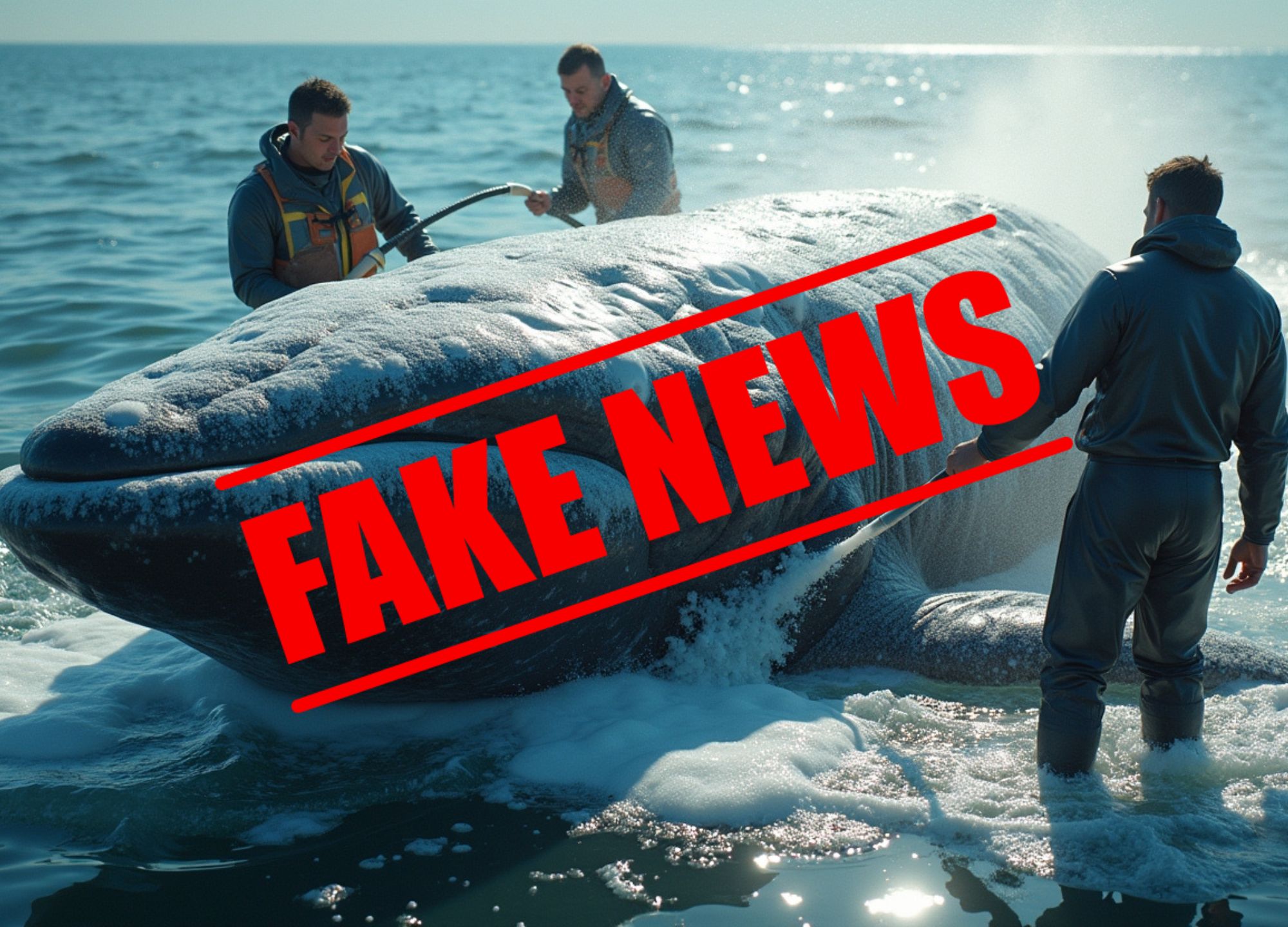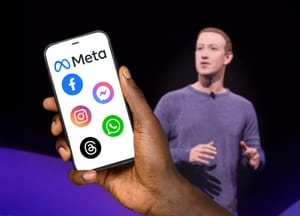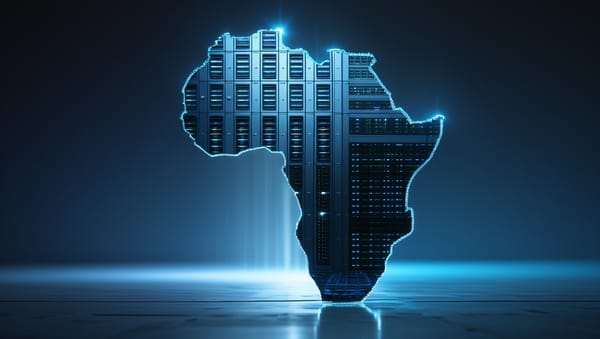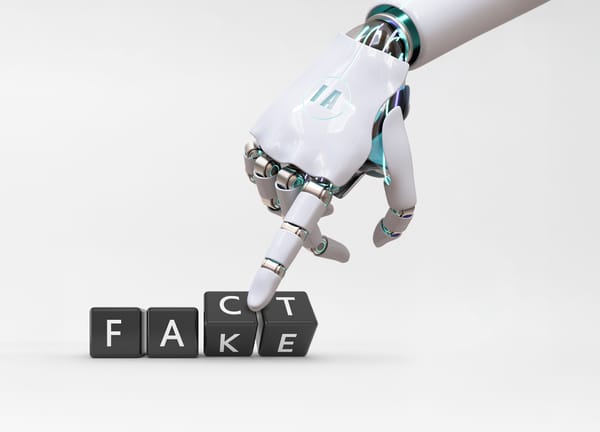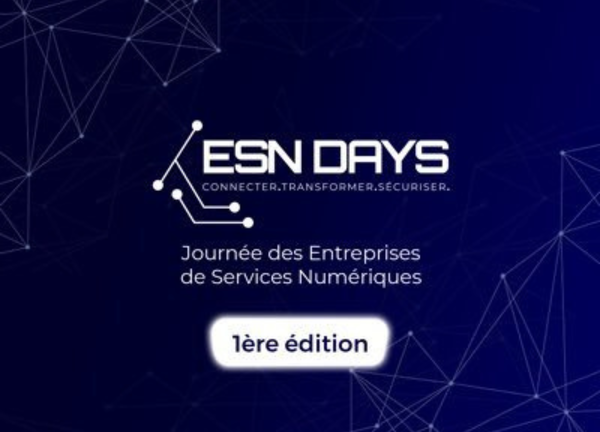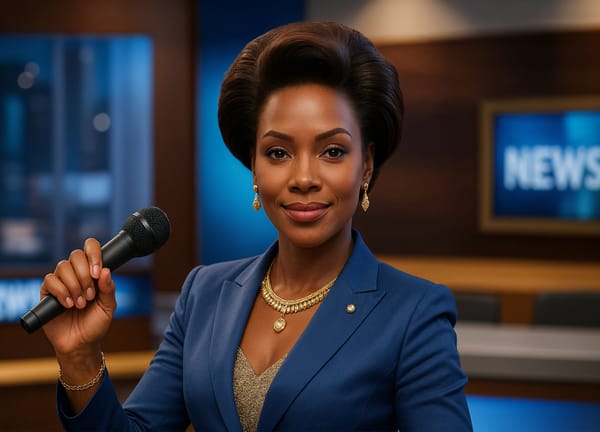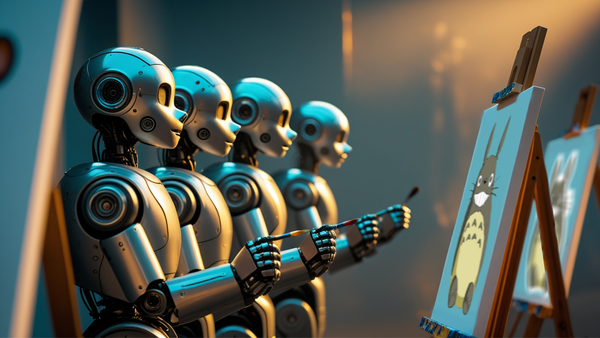The evolution of artificial intelligence nourishes the social networks of ever more entertaining content. However, this ability to capture attention can also be used to manipulate information.
The development of IA content on Tiktok
Since 2018, and the introduction of Chatgpt by Openai, artificial intelligence (IA) has experienced a dazzling evolution. This technology, capable of generating various and varied content, derives its strength from its creativity to make realistic productions thanks to its automatic learning model . This model allows AI to perpetually improve its productions and thus gain precision.
This creative potential quickly transposed into many technical sectors; Architecture, science and medicine, e-commerce, communication, but also in art and entertainment. AI is increasingly used by musicians, writers, even by film directors. With the accessibility of this technology, each individual is now capable of producing content of quality close to reality, on a scale never reached.
In this dynamic, more and more content floods social networks, especially on Tiktok. The Chinese social network is a fertile ground for the productions generated by AI. The videos produced by IA are multiplying on Tiktok. According to Statita 34 % of Tik Tok users publish content daily. The problem is that this massive flow of videos sometimes hides false information and an intention to handle the masses. The AI is used to generate deepfakes arousing strong reactions and then supplying Tiktok algorithm to become viral.
The dangers of manipulation by IA on Tiktok
Like any technological advance, the use of generative AI is accompanied by its batch of drifts. AI is also used to disseminate false information, reputation attacks and promotes conspiracy theories. The objective of this use is to manipulate public opinion, even to influence political decisions.
In Burkina Faso, videos generated by IA have spread throughout the country to promote the authorities for power since 2022. These videos have staged young people saying: " We must support the patriotic movement for safeguarding and catering [MPSR] and President Ibrahim Traoré ". In reality, these young people do not exist and come from the image bank of Synthesia software. By adding effects to synchronize the animation of the characters and the labial articulation, the director created a deepfake aimed at strengthening the reputation and power of Ibrahim Traoré.
In another way, some accounts animate historic personalities, to narrate moments in history. For example, videos bringing back to life for former Burkinabé president Thomas Sankara circulated on Tiktok. Faced with this phenomenon, many historians are alarmed by historical rewriting, deeply modifying the reality of events. The sensationalist character of these content has dangerous psychological effects on Detiktok users. The sensationalism valued by Tiktok alters the appreciation of reality, increases social pressures and promotes addictive consumption of the contents of the platform.
Example of "Whale Cleaning"
Manipulation on Tiktok can also take more playful looks, as with the trend of the " whale cleaning " or the cleaning of whale in French. Since 2025, videos of this type have multiplied are tens of millions of views. This trend highlights scientists or fishermen cleaning cetaceans, removing the shells fixed on the body of the animal. In these videos, the whales seem to ask for the help of sailors and appear to be flavoring when they were washed. The comments below these videos are rave and are delighted with the support given to mammals.
However, these videos are false and entirely generated by AI. In reality, cetaceans do not need human aid, but rather require tranquility. The FIRMM (Lightning Forcerification and Research On Marine Mammals) warns that the boats must not approach me n S 60 meters from the whales to preserve EUR well-being. The example of the "Whale Cleaning" clearly demonstrates how IA videos can not only transmit misleading information, but also represent a direct danger, here for marine biodiversity, by encouraging people to approach wild animals.
Responsibility of the platform and development of the critical spirit
In response to the intensification of disinformation on its platform, Tiktok recently launched a media education campaign in order to strengthen the critical thinking of its young users. The objective is that all the young people present on the social network can have the cards in hand to identify false information. Nationally, some countries seem to have seized the importance of the phenomenon. Stop to digital sorcerer campaign was recently launched at the dawn of the 2025 presidential elections. These types of device are necessary to raise awareness of the manipulation of information, above all, during the electoral period.
Tiktok also published a guide against disinformation listing anti fake news rules. In the event of non -compliance with these rules, the social network undertakes to delete the content. Tiktok works in collaboration with partners in charge of verification of facts, assessing the veracities of publications. Thus, the guide against disinformation has contextual indices such as certified icons, "Labels contained by AI" and "uncompromising content labels" in order to promote the recoil of its users in the face of a false content potential.
Despite these efforts, disinformation on Tiktok remains a threat to the freedom of peoples to think by themselves. Many publications entirely generated by AI continue to pollute the user news feed. To date, it is always possible to credibility with false information by the publication of artificial content. So, if Tiktok really wants to fight against disinformation, the platform must still raise its level of security and verification, without controlling information. Will the Chinese social network manage to take up this democratic challenge?

